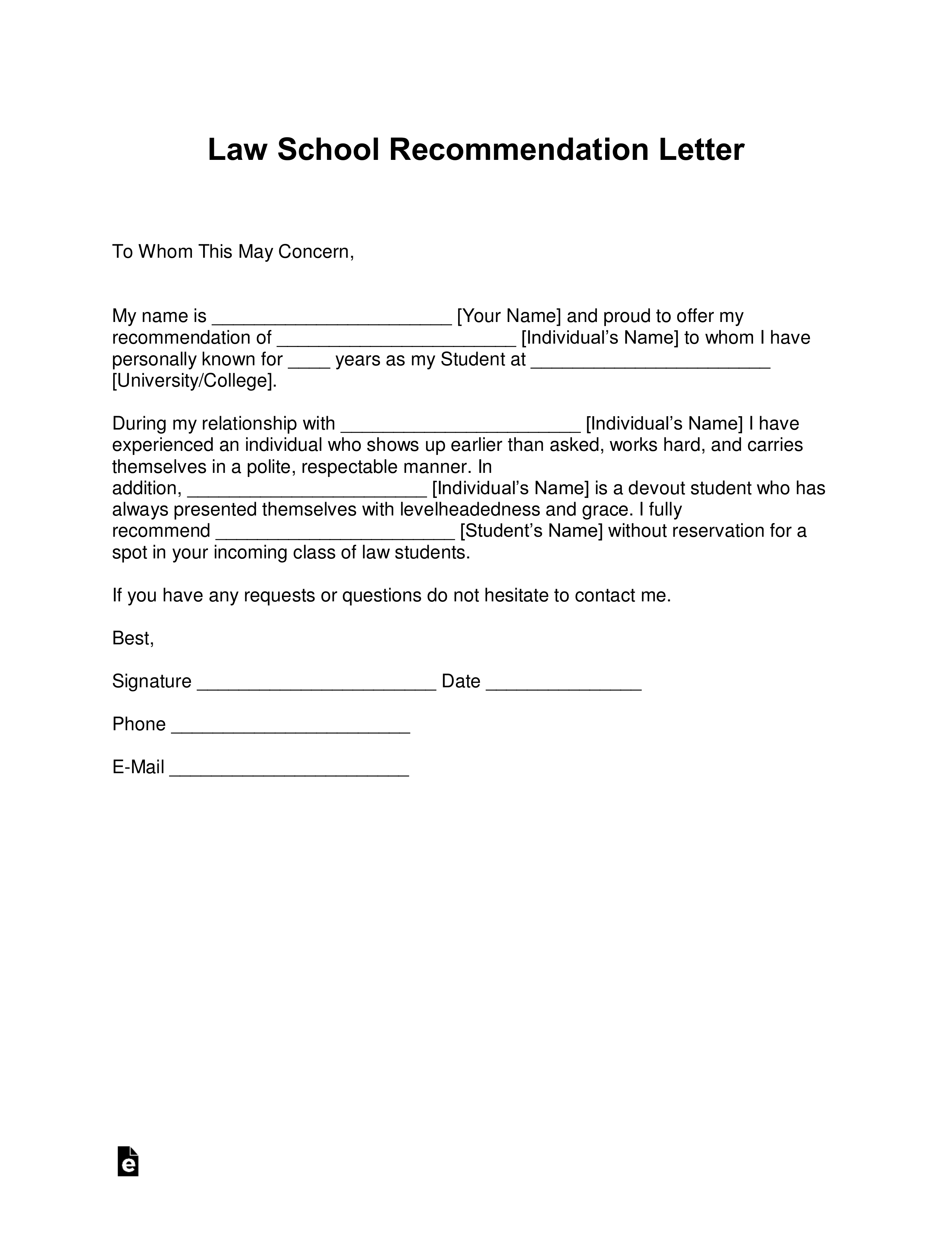
How to write a legal brief. Every standard legal brief has a few basic elements: An Introduction that articulates the party's claim and introduces the party's theory of the case and the procedural history of the case. A Table of Authorities (TOA) section that describes all sources of legal authority used in the brief How to write a scholarly article for publication (15 Tips): 1. Make a template for all future manuscripts. 2. Learn what to include and what NOT to include in each section. 3. Don’t repeat yourself even if it is written in a different way. 4. Start with the Methods section. 5. Write the other sections in this order: Introduction, Results and Discussion, Conclusions, and then the Abstract. 6 · Writing a law essay is about digging deep to uncover uncertainty and complexity within the law, and to use this to argue a position. Law isn’t The Hunger Games. There's no
8 Requirements for Writing a Legal Article that will Get Read | Tips for Lawyers
It's relatively common for attorneys to reuse certain phrases or terms or even entire sections of briefs if the legal how to write article in law are the same across cases, how to write article in law. The danger, of course, is citing authority that used to be good law, but no longer is.
It can also be quite helpful to have a colleague look the document over and make suggestions. Home Insights Articles How to write a legal brief. How to write a legal brief. Nick Borger National Client Representative. Every standard legal brief has a few basic elements: An Introduction that articulates the party's claim and introduces the party's theory of the case and the procedural history of the case. A Table of Authorities TOA section that describes all sources of legal authority used in the brief, how to write article in law.
While it used to be a tedious and time-consuming task to compile a TOA, the Table of Authorities Builder within Thomson Reuters Drafting Assistant software makes it a snap. A Statement of Facts that sets forth all of the key factual elements a court should use in making its decision.
In this section, it's important to use simple, clear, and persuasive language to lay out the facts and procedural elements of the case and avoid using conclusory statements.
An Argument section that sets forth your how to write article in law of law. A Conclusion that summarizes the key points of the brief and requests specific relief. You may even want to write this section first to help focus your thoughts. Forcing yourself to think of the whole of the case in concise terms early can help you concisely draft your Argument section. Make Westlaw a part of your practice.
Related insights. How to prepare to write a legal brief Westlaw. Insights from Westlaw and how to prepare a legal brief. Read the article written by industry experts and starting preparing to write your brief. How to write an effective brief. An overview of writing effective briefs, from identifying key issues to citing proper authority and crafting a legal argument.
Ready for Westlaw? Take the next step today. Shop plans.
Write Like a Lawyer - 7 Common Legal Writing Mistakes!
, time: 7:49How to Write Articles (with Pictures) - wikiHow

How to write a legal brief. Every standard legal brief has a few basic elements: An Introduction that articulates the party's claim and introduces the party's theory of the case and the procedural history of the case. A Table of Authorities (TOA) section that describes all sources of legal authority used in the brief · I wrote this article to explain in simple fashion some rules, conventions, and shortcuts I have learned over the years as a legal writer. I explain the various steps one ought to consider in writing a law review article, the types and genres of such articles, and a few tips having to do with submission and marketing of one's blogger.com by: 4 Think of the topic you want to write the article about. Only after you’ve decided your topic you can go ahead and undertake the further steps in the process one by one: Target Audience: Identify the concerning reading group. Purpose: Find the objective or aim of writing the article. Collect & Select: Gather as such information as possible

No comments:
Post a Comment